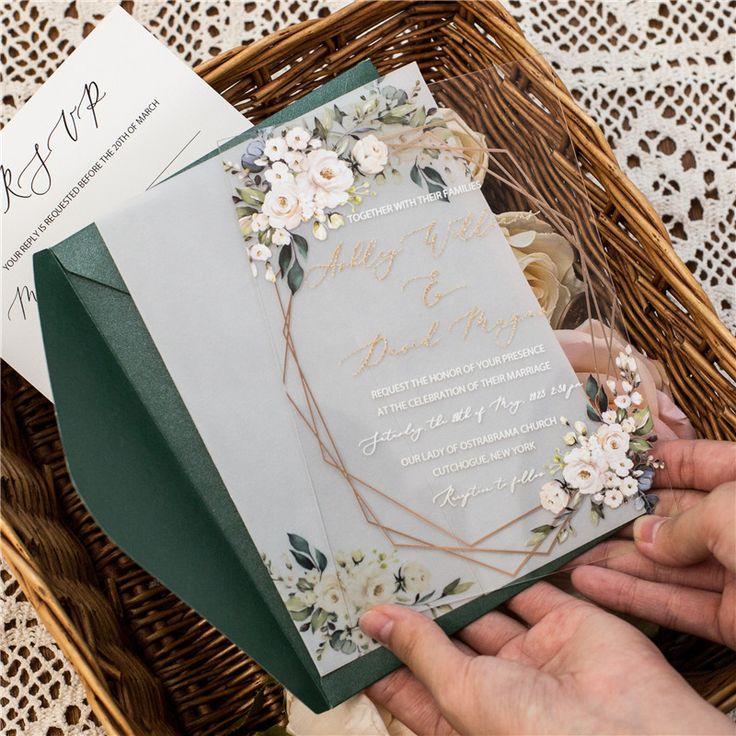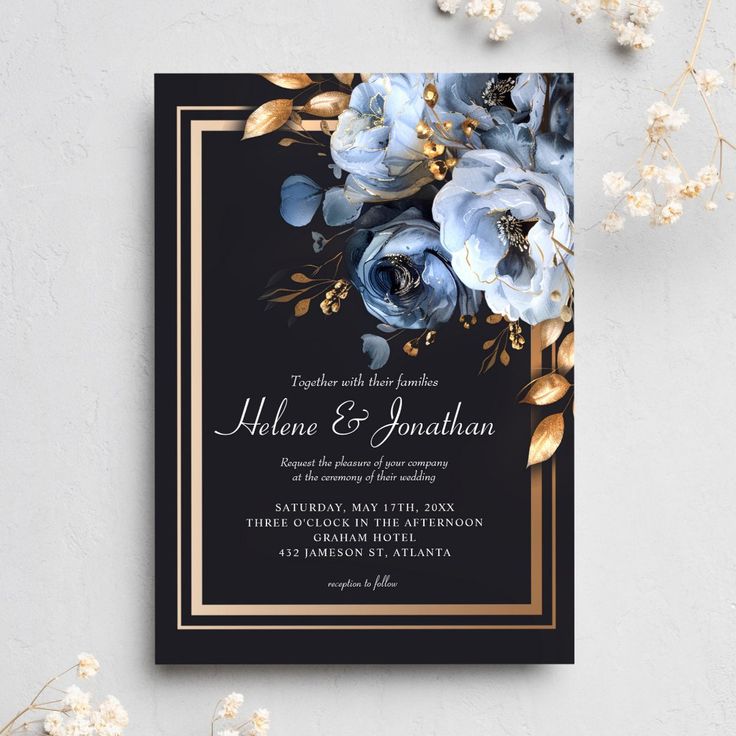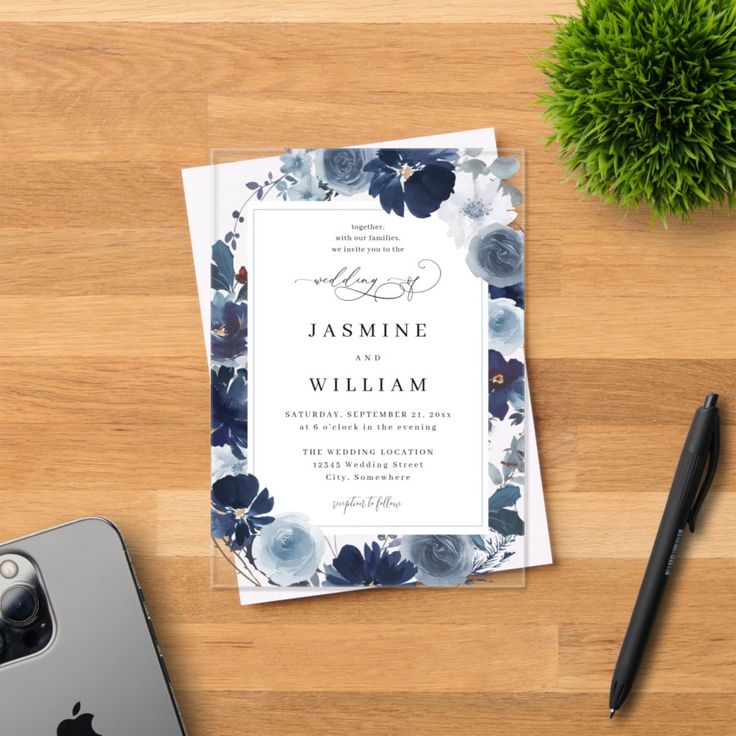Establishing the Timeline for Your Invitations
Navigating the timeline for sending out wedding invitations can spark much debate. But fret not, as carefully planning this aspect can add ease and grace to your wedding preparations. It begins with understanding when to initiate the invite process, considering various factors that influence how soon to send wedding invitations you need to inform your guests. Timing is key, and a well-structured timeline ensures nobody feels rushed or overlooked.

Considering Save the Date Cards
‘Save the date’ cards are a handy tool in your wedding planning arsenal. They serve as an early alert, giving guests a heads up to mark their calendars. If you decide to use them, you can send your actual invitations a bit later. This approach gives you room to breathe and lets guests prepare. Typically, sending save the dates around six to eight months prior is a good benchmark. This heads-up is especially helpful when you have guests traveling from afar or when your wedding coincides with busy seasons or holidays.
Importance of the Wedding Season
The wedding season greatly impacts invitation timing. High season usually means more packed schedules. To ensure your guests can attend, you might need to send invitations earlier than usual. For spring and summer weddings, mailing invites four to five months in advance can prevent conflicts with other plans that your guests may have. Remember, the goal is to have your celebration attended by those who mean the most to you, so giving them ample notice during these peak times is crucial for a favorable response rate.
Determining the Right Time to Send Invitations
Deciding when to send out wedding invitations is key to your planning process. It’s about balancing early notice with not being too soon. The timing you choose can depend on several factors discussed below.
The Impact of Guest List Size
Your guest list size matters when sending invites. A larger list may require more time to handle responses and follow-ups. For bigger weddings, sending invitations out around three to four months in advance is wise. This allows guests to mark their calendars and RSVP in time. Small weddings can afford a bit shorter notice, but still aim for at least two months ahead.
Coordinating with Venue and Caterer Schedules
Your venue and caterer’s schedules can influence invitation timing. Find out when they need final counts for planning purposes. Work back from this date to set your RSVP deadline. Usually, this requires sending invitations out about three months before the wedding. This ensures you have time to get guest numbers to service providers. Remember to include buffer time for any last-minute changes.

Sending Invitations for Destination Weddings
Navigating invitation timing for destination weddings requires extra attention. Guests may need to arrange travel and book accommodations well in advance. Your invites should allow enough time for this planning.
Accounting for Travel and Accommodation Logistics
When planning a destination wedding, consider these key points:
- Send Invites Earlier: Aim to get your invitations out six to eight months in advance. Early invites help guests secure flights and accommodations without stress.
- Include Detailed Information: Provide transport and lodging options. This helps guests make informed decisions quickly.
- Remember Time Off: Guests might need to request time off work. A prompt invite gives them time to arrange their leave.
- Check for Local Events: Ensure there are no major events at your destination that could affect guest bookings. If so, send invites even earlier.
- Offer Help with Planning: Consider creating a travel guide or offering a contact for travel questions. The easier it is for guests, the better.
- Use Save the Dates: If invites can’t go out early, send ‘save the dates’ as soon as you can. This reserves the date in guests’ calendars.
By keeping these factors in mind, you can help ensure a smooth experience for your destination wedding guests.
Managing Reminders and RSVPs
Properly managing reminders and RSVPs is crucial for an accurate headcount.
Utilizing Digital Tools for Efficiency
Leverage digital tools for reminding guests and collecting RSVPs. Tools like email, social media events, or wedding websites work well. These platforms allow for quick and easy communication with guests, streamlining the RSVP process.
Collecting Guest Responses and Finalizing Numbers
Keep track of RSVPs as they come in. Use spreadsheets or an RSVP manager. This ensures you can finalize guest numbers promptly, aiding your wedding planning. Set an RSVP deadline two to three weeks before your final headcount is due to your venue or caterer. This allows time to follow up with non-responders and adjust arrangements as needed.

The Etiquette of Invitation Timing
Navigating when to send wedding invitations is more than just planning. It involves good manners and the perception of your guests. Proper timing shows respect and consideration for their schedules, indicating the importance of their presence at your celebration. Here are some etiquette tips to consider in ensuring courtesy and sincerity.
Ensuring Courtesy and Sincerity in Your Invites
Begin your invitation process with a mindset of making each guest feel valued. Invite them with enough time for them to comfortably plan. Timing invitations show guests they are a priority, not afterthoughts. Aim to mail out invites around three to four months before the wedding. This period can extend up to six months for destination weddings. It also is sensible for busy seasons like summer or holidays.
Sending out invitations too late may send the wrong message. Guests might think you didn’t plan well or that they are not important. They could feel they are filling in for someone else who couldn’t make it. To avoid this, establish a timeline and stick to it. Start by making a guest list early. Then, determine how soon you need to send the invitations based on the factors we have discussed.
Balancing Early Notice with Too Soon
The goal is to give guests enough notice without being excessively early. If you send invitations out too soon, they might forget about your event as the date gets closer. On the other hand, sending them out too late might conflict with their other plans or might be seen as disrespectful.
To find the right balance, consider the following:
- Use ‘save the date’ cards for an initial notice, especially if the wedding date is during a busy season or requires significant travel.
- Follow up with the main invitations in a timely manner, as addressed in the sections on guest list size and venue/caterer schedules.
- Include all the necessary information in your invitations to prevent confusion and to make it easy for guests to plan.
- Lastly, use digital tools for gentle reminders as the date approaches so your wedding stays on their mind.
Additional Tips for a Stress-free Invitation Process
Navigating the invitation process smoothly can relieve a lot of wedding stress.
Checking Local Events and Accommodation Availability
Before setting your invitation dates, research local events near your venue. This ensures there are no clashes. Big events can limit hotel space, making early booking vital. Check festivals, concerts, and sports games dates. Include this info with your invites to help guests plan their stay.
Streamlining Communication with Guests
Clear and frequent communication with guests is key. Use digital tools like wedding websites or emails for efficiency. Ensure your messages are brief and simple. This allows guests to understand details quickly and easily. Utilize social media for updates and RSVP confirmations. Keep a consistent flow of information, so guests feel informed and involved.